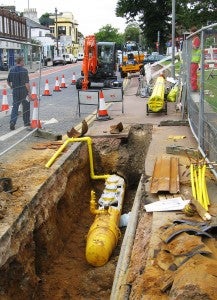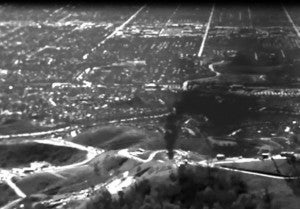When the gusher of methane pouring out of the Aliso Canyon natural gas storage field was discovered last October 23, it almost instantly transformed the sleepy Los Angeles suburb of Porter Ranch into the site of one of the biggest environmental disasters in recent history. It would ultimately take four months to stop the massive leak. According to a new report released today, it pumped nearly 100,000 tons of methane into the atmosphere.
Now, a year later, the question: What’s been done to fix the problem, and to prevent future blowouts – either at Aliso Canyon, or the 400 similar facilities in more than 30 states? The answer is, while there’s been some progress, it’s not nearly enough.












 A ruptured natural gas pipeline in the quiet community of San Bruno, California ignited on the evening of September 9, 2010. The resulting fire destroyed 38 homes, killed eight people, and injured many others. It was one of the biggest pipeline explosions in recent history, and it very likely could have been prevented.
A ruptured natural gas pipeline in the quiet community of San Bruno, California ignited on the evening of September 9, 2010. The resulting fire destroyed 38 homes, killed eight people, and injured many others. It was one of the biggest pipeline explosions in recent history, and it very likely could have been prevented. Last month, the U.S. Senate unanimously passed the SAFE PIPES Act, reauthorizing the Pipelines and Hazardous Materials Safety Administration (PHMSA). Tucked inside the bipartisan bill are important new measures intended to advance the ways in which regulators facilitate the repair and replacement of old, increasingly leaky pipeline systems.
Last month, the U.S. Senate unanimously passed the SAFE PIPES Act, reauthorizing the Pipelines and Hazardous Materials Safety Administration (PHMSA). Tucked inside the bipartisan bill are important new measures intended to advance the ways in which regulators facilitate the repair and replacement of old, increasingly leaky pipeline systems.